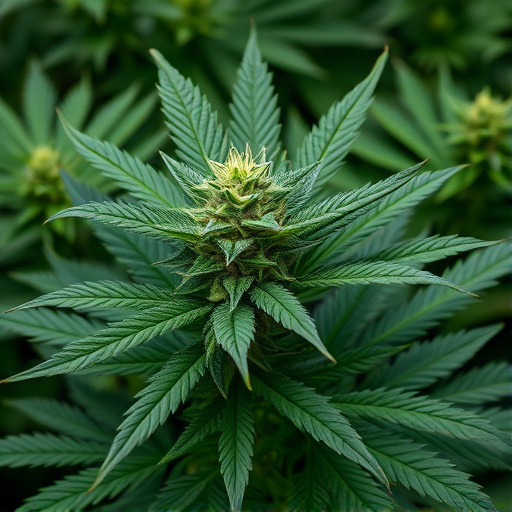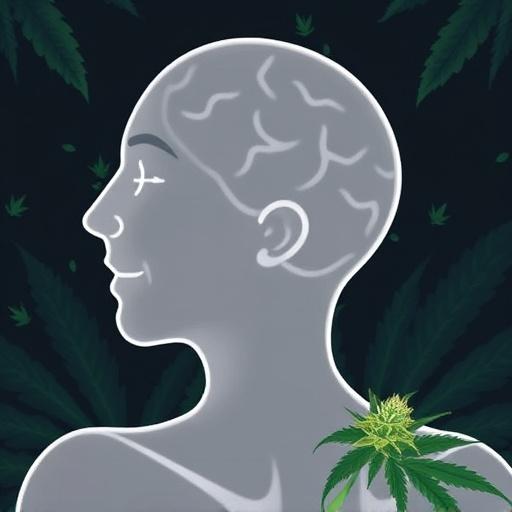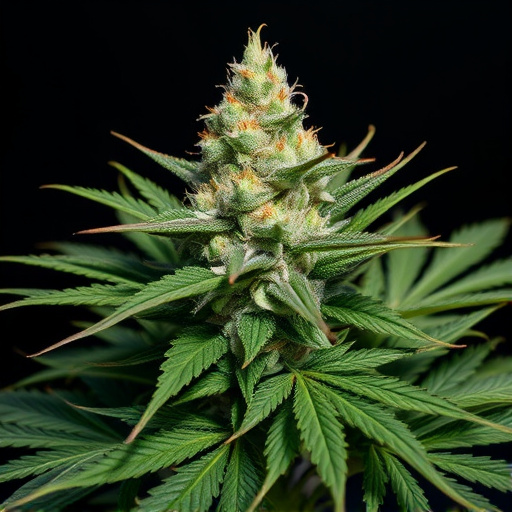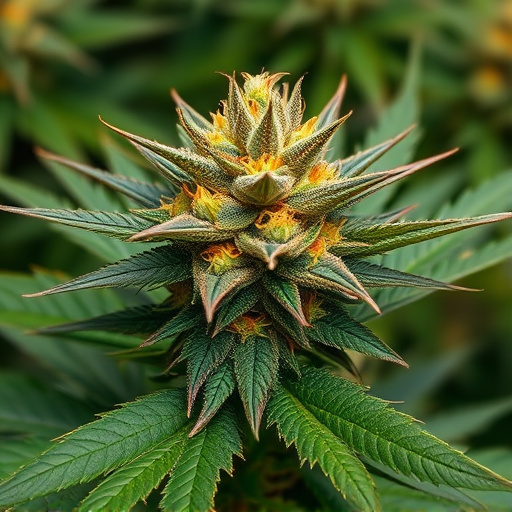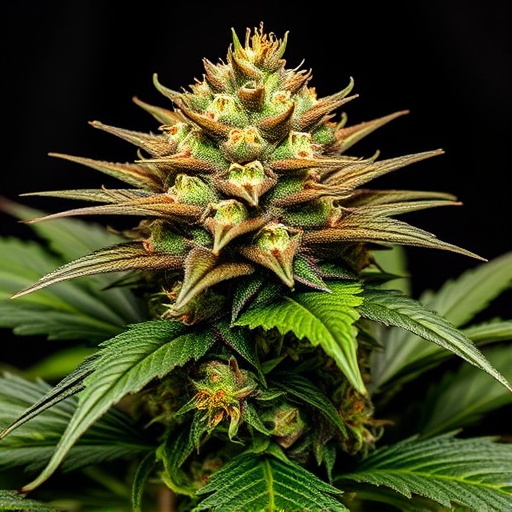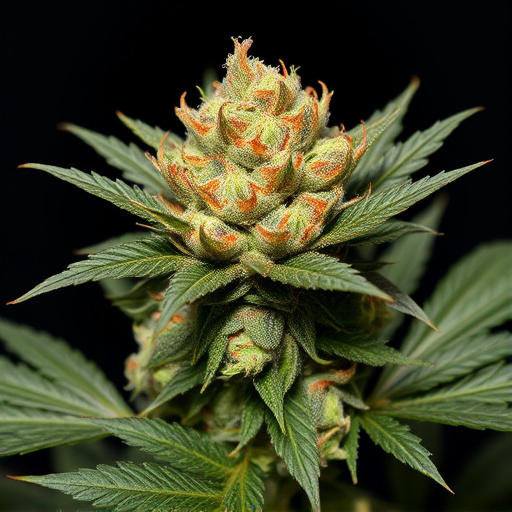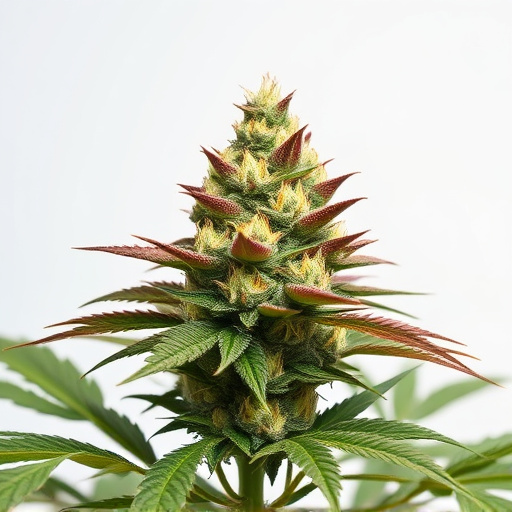While cannabis offers therapeutic benefits, high-potency big bud strains pose significant risks due to elevated THC levels. These can intensify anxiety, paranoia, and cognitive impairments, exacerbating mental health conditions or inducing psychosis. To mitigate these dangers, consumers should adopt lifestyle adjustments like regular exercise, stress management techniques, mindful dietary choices, and hydration. As cannabis becomes mainstream, focusing on therapeutic potential with strains having higher CBD and lower THC content is crucial. Research should explore alternative delivery methods and tailor treatments for specific ailments through clinical trials, aiming for safe and effective cannabis-based therapies.
Cannabis use has gained popularity, but understanding its negative effects is crucial. While cannabis offers therapeutic benefits, certain strains, notably big buds, can induce adverse reactions like anxiety, paranoia, and cognitive impairments. This article explores strategies to reduce these drawbacks. We delve into the science behind big bud strains, discuss lifestyle adjustments and techniques for managing reactions, and explore promising alternative therapies. By understanding these aspects, users can navigate cannabis consumption more safely and enjoy its potential benefits without significant negatives.
- Understanding Negative Effects of Cannabis: The Role of Big Bud Strains
- Lifestyle Adjustments and Techniques to Mitigate Adverse Reactions
- Exploring Therapeutic Alternatives and Future Research Directions
Understanding Negative Effects of Cannabis: The Role of Big Bud Strains
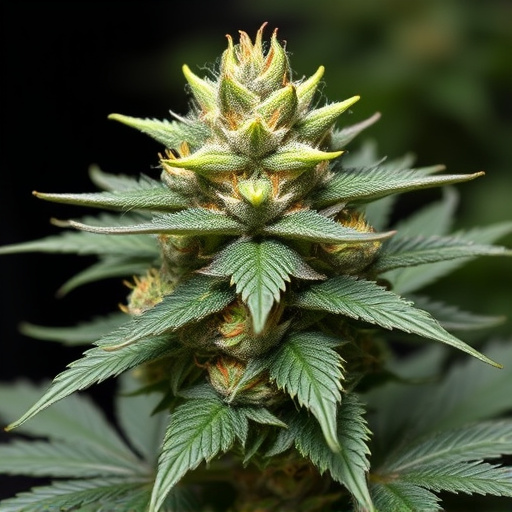
Cannabis, while known for its therapeutic and recreational uses, can also have negative effects on some users. Understanding these potential drawbacks is crucial, especially when considering the increasing accessibility of various strains. One factor that plays a significant role in cannabis’s impact is the presence of big bud strains. These high-potency varieties, characterized by their dense, oversized buds, contain elevated levels of tetrahydrocannabinol (THC), the primary psychoactive compound responsible for cannabis’s effects.
The heightened THC content in big bud strains can lead to more intense and sometimes undesirable experiences. Higher concentrations may trigger heightened anxiety or paranoia in susceptible individuals, as well as cognitive impairments affecting memory and decision-making abilities. Moreover, these strains could exacerbate existing mental health conditions or induce psychotic episodes in predisposed persons. As such, it’s important for consumers to be aware of the potential risks associated with big bud strains and make informed choices regarding their cannabis consumption.
Lifestyle Adjustments and Techniques to Mitigate Adverse Reactions
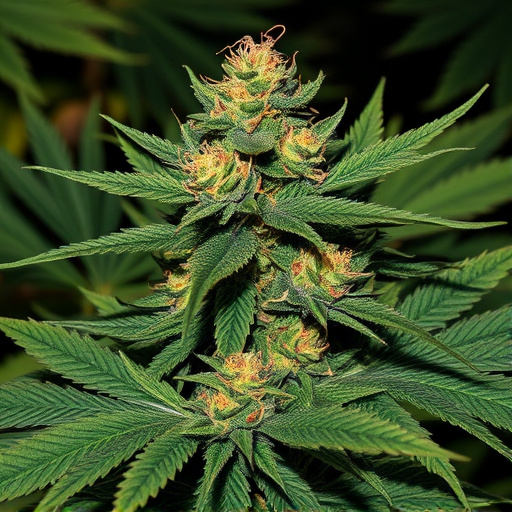
Many adverse reactions to cannabis can be mitigated through lifestyle adjustments and techniques that promote overall well-being. For instance, regular exercise has been shown to enhance mental clarity and reduce anxiety—common side effects associated with big bud strains. Incorporating stress management practices like meditation or yoga can also help individuals cope better with potential negative experiences.
Dietary choices play a significant role in how one’s body processes cannabis. Staying hydrated and consuming nutrient-rich foods can support overall health and potentially lessen unpleasant reactions. Additionally, limiting caffeine intake before and after using cannabis may reduce anxiety and paranoia, as caffeine sensitivity is a factor for many users.
Exploring Therapeutic Alternatives and Future Research Directions
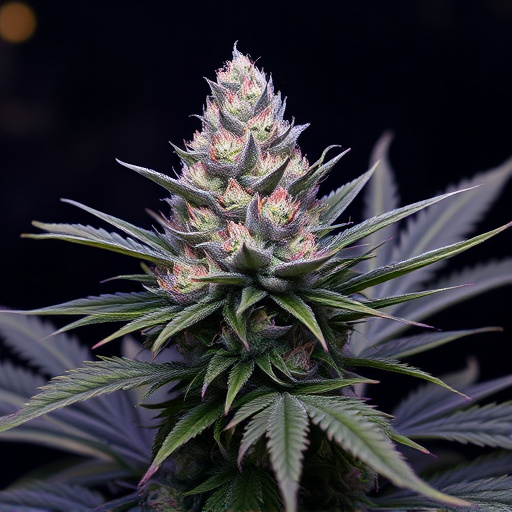
As cannabis gains mainstream acceptance, it’s crucial to explore its therapeutic potential beyond recreational use. While it offers benefits for certain conditions, negative effects like anxiety and cognitive impairments can be concerning. Future research should focus on developing new strains with improved profiles—for instance, focusing on big bud strains with higher CBD (cannabidiol) content relative to THC (tetrahydrocannabinol) could mitigate these drawbacks. Additionally, understanding the complex interplay between cannabis compounds and individual endocannabinoid systems will enable tailored treatments.
Investments in clinical trials are essential to validate promising findings from preclinical studies. By investigating various consumption methods, dosages, and combinations of cannabinoids, researchers can uncover optimal strategies for treating specific ailments without compromising user well-being. This includes exploring alternative delivery methods beyond smoking, such as edibles and vaporizers, which may offer more controlled experiences.
In conclusion, while cannabis offers therapeutic potential, understanding its negative effects, particularly those exacerbated by big bud strains, is crucial. Lifestyle adjustments, such as dosage management and setting a safe environment, can significantly mitigate adverse reactions. Additionally, exploring alternative treatments and supporting future research in this field are essential steps towards enhancing our knowledge and ensuring cannabis use is as safe and beneficial as possible.


